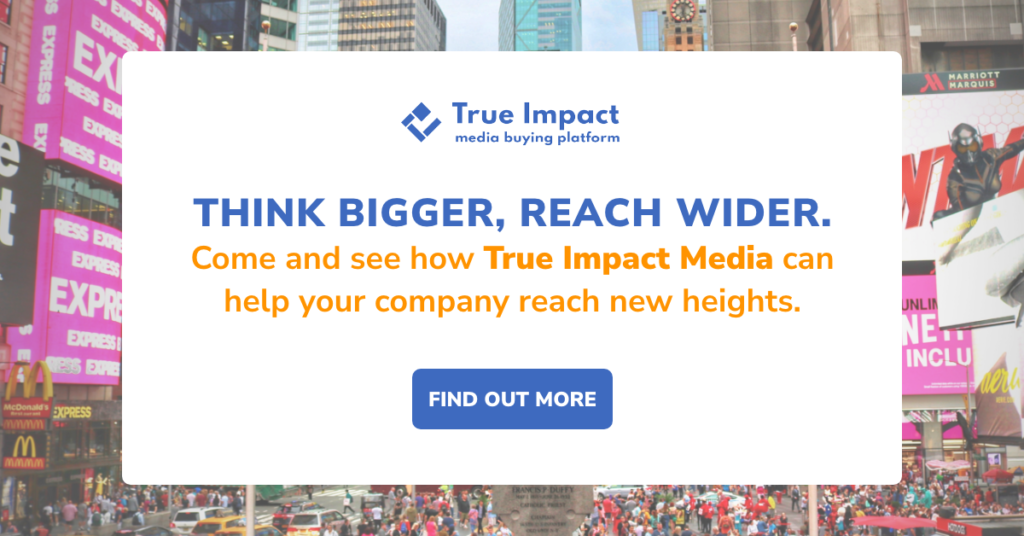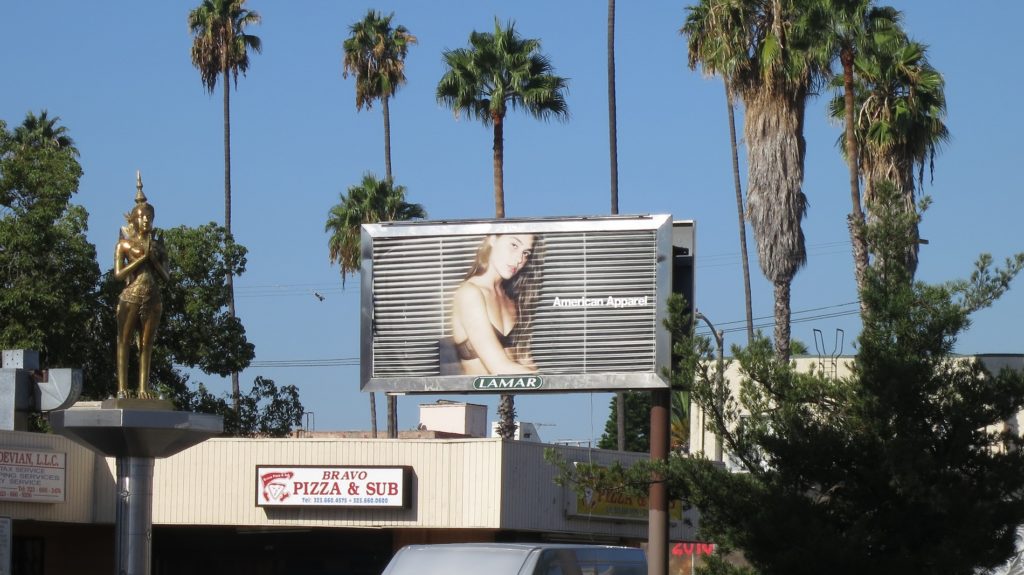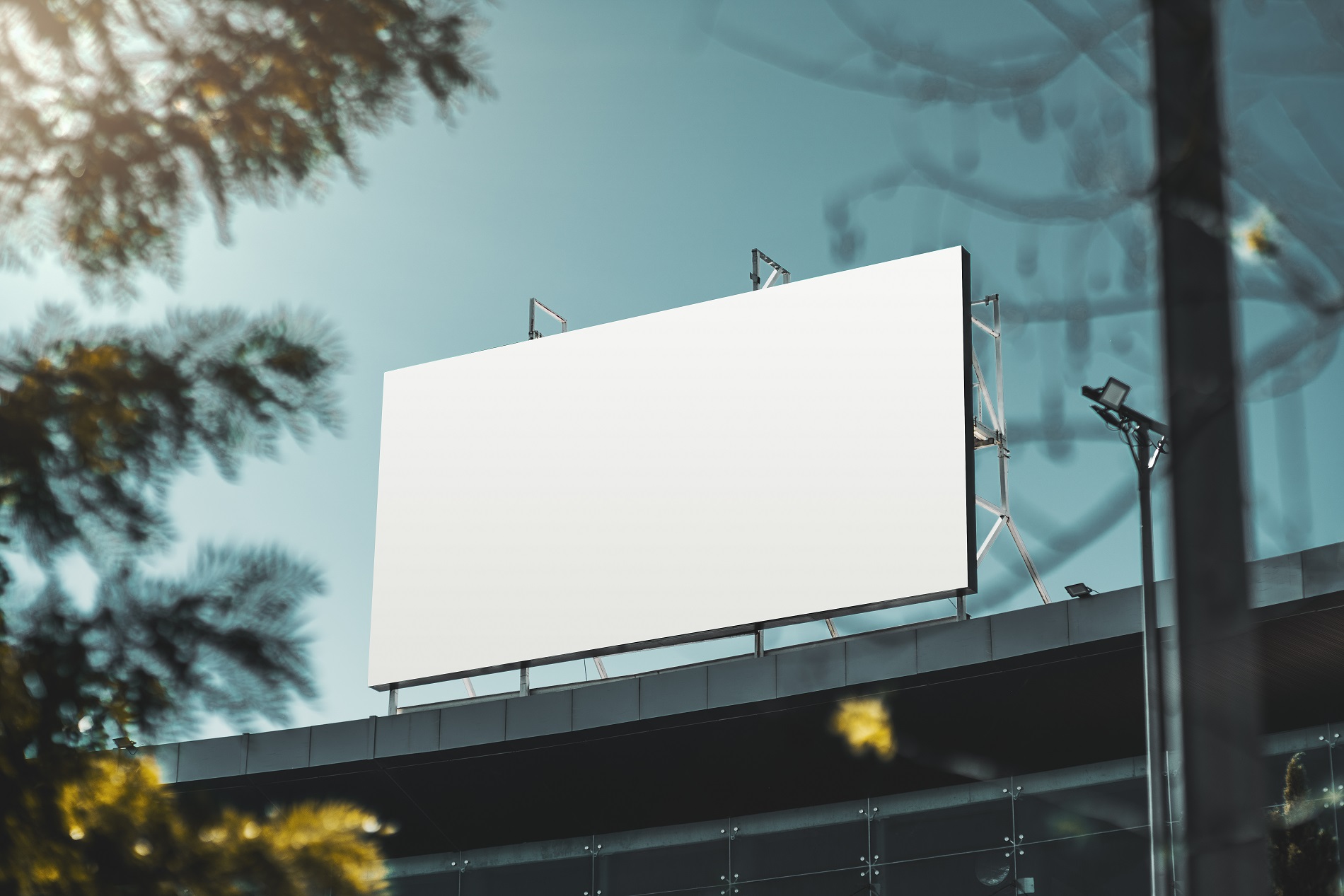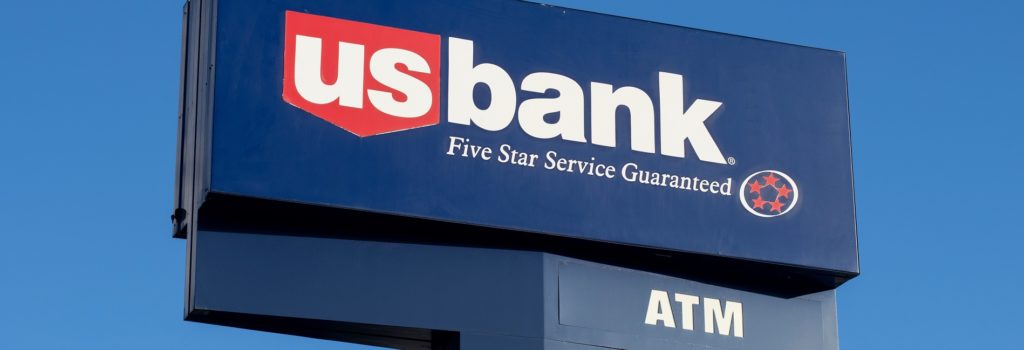Lights! Camera! Los Angeles is where you can find the action. Beyond the bustle of…
The world of art is constantly evolving, and in recent years, billboard art has been at the forefront of this evolution. Billboard art is a form of public art that utilizes billboards as its medium. It has a rich history, and its use has been growing in popularity in the contemporary art scene. This blog article will address what billboard art is, its history, and its growing popularity in the contemporary art scene. It will include examples of billboard art designs and mention companies/brands that have used it. It will also address how billboard art blurs the lines between art and commerce and challenges traditional notions of public space and communication.
What is Billboard Art?
Billboard art is a form of public art that utilizes billboards as its medium. It can take the form of a painting, mural, digital display, or any other form of illustration and artistic expression that can be displayed on a billboard. The goal of billboard art and mural advertising is to create a dialogue between the artwork and the surrounding environment, often in a public space.
History of Billboard Art
Billboard art history dates back five decades ago. As the 1980s progressed, the concept of billboard art gained more attention and recognition from both the art community and the general public. Artists began to see the potential of using billboards as a platform for displaying their artwork in a larger-than-life format, allowing for a more immersive and impactful experience for viewers. One notable example is Jenny Holzer’s “Truisms” series, which featured thought-provoking phrases displayed on electronic billboards in cities around the world.
In the 1990s, the use of the billboard format as an artistic medium became even more prevalent, with artists like Krzysztof Wodiczko and John Fekner using billboards to make political statements and raise awareness about social issues. These artists used billboards to bring attention to topics like homelessness, poverty, and racism, using bold graphics and striking images to capture the public’s attention.
Today, billboard art continues to evolve and push the boundaries of traditional art forms. Contemporary artists like Jenny Kendler and Tania Bruguera are using billboards to explore themes like climate change, social justice, and identity. The rise of digital billboard advertising has also opened up new possibilities for artists, allowing for more dynamic and interactive displays.
Overall, the history of billboard art is a testament to the power of public art and its ability to challenge conventional ideas about space and communication. By utilizing billboards as a canvas for their creativity, artists have been able to reach new audiences and spark important conversations about a wide range of issues.
The Popularity of Billboard Art
The use of billboard art has continued to grow in popularity in recent years. Companies and brands have started to utilize billboards to promote their products and services in a more creative and artistic way. This has led to a blurring of the lines between art and commerce, with some arguing that billboard art is simply a form of advertising disguised as art. Despite this, the use of billboards as a medium for artistic expression has continued to gain popularity in the contemporary art scene.
Examples of Billboard Art
Billboard art has become increasingly popular in recent years as companies and brands have started to recognize its potential as one of the most effective outdoor advertising options for creative and artistic advertising. Many of these companies have commissioned talented artists to create eye-catching designs for their billboards.
For example, in 2019, the clothing brand Diesel commissioned artist Shaquille-Aaron Keith to create a billboard in New York City’s SoHo neighborhood. The billboard featured a colorful and dynamic design with the phrase “Diesel is dead.” The provocative design sparked controversy and discussion, which helped to generate buzz for the brand.
Another example of companies utilizing billboard art is the “Absolut Nights” campaign by Absolut Vodka. The campaign featured a series of billboards in major cities around the world, each designed by a local artist. The billboards showcased unique and vibrant designs that reflected the culture and atmosphere of each city.
In addition to commercial billboards, there are many examples of artists using billboards as a platform for social and political commentary. For example, in 2016, artist Nona Faustine created a billboard in Brooklyn, New York, that featured an image of herself posing naked on a slave burial ground. The provocative and thought-provoking design aimed to raise awareness of the history and legacy of slavery in America.
Overall, the examples of billboard art demonstrate the diverse and creative ways in which billboards can be used as a medium for art and advertising. By pushing the boundaries of traditional advertising, companies and artists are able to engage with audiences in new and exciting ways.
Challenging Traditional Notions of Public Space and Communication
Furthermore, utilizing artistic and digital billboard vs traditional advertising challenges the notions of communication by using the medium to convey messages that are not necessarily related to commerce or consumerism. In many cases, billboard art addresses social and political issues and encourages viewers to engage with and reflect on these topics. This blurs the lines between art and activism, as the artwork not only serves as a form of creative expression but also as a platform for social change.
Moreover, the use of billboards as a canvas for artistic expression also challenges traditional notions of public space. Billboards are often viewed as commercial structures that dominate the urban landscape, but billboard art transforms them into sites of cultural production and creative engagement. By appropriating these structures and using them to display works of art, billboard art reclaims public space for artistic expression. It encourages viewers to engage with their surroundings in a new and meaningful way.
In this sense, billboard art has the potential to transform the way we think about public space and communication, creating opportunities for dialogue, reflection, and social change. By challenging traditional notions of what billboards are and what they can be used for, billboard art pushes the boundaries of artistic expression. It expands our understanding of the role that art can play in shaping our world.

Don’t blend in with the crowd – stand out with our billboard art and advertising options
In conclusion, billboard art has come a long way since its inception in the 1960s. Today, it’s an increasingly popular form of public art that challenges traditional notions of public space and communication. It’s interesting to note that companies like True Impact Media have started to utilize billboards as a creative and artistic way to promote their products and services. As a leading outdoor advertising company, True Impact Media is at the forefront of this trend, delivering results that exceed expectations and helping businesses connect with their target audience. With its rich history and growing popularity, it’s clear that billboard art will continue to evolve, and we can’t wait to see what the future holds.
Sources:
Barry, D. The Billboard Book: The A-Z of Rock, Pop, Soul, Rhythm & Blues, Country and More. Billboard Books, 2009, p. 302.
Voon, Claire. “How Artists Are Using Billboards to Spark Conversations About Climate Change and More.” Hyperallergic, 12 Sept. 2019, https://hyperallergic.com/515822/how-artists-are-using-billboards-to-spark-conversations-about-climate-change-and-more/.



